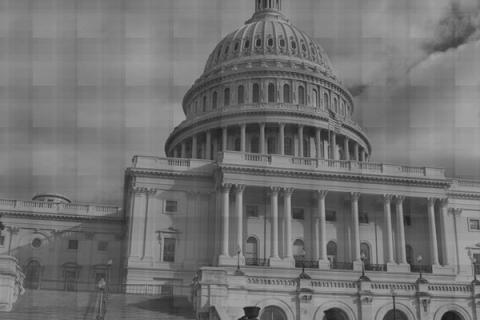On Tuesday, voters in California will head to the polls for the first statewide primary election to be held under the state's new top two primary system, adopted by voters in a ballot initiative in June 2010. In a top two style primary, all candidates for a given office appear on the same ballot regardless of their political affiliation, and all registered voters – regardless of their affiliation – may cast their ballot for any candidate. The two candidates who receive the most votes, i.e. the “top two” candidates, proceed to the general election, from which all other candidates are excluded.
The top two system does not apply to the presidential primary, elections for county level party central committees, or local offices.
The new primary system may well be playing a role in the increasing number of Californians registering to vote with no party preference. Over the last four years, California has added over 1 million individuals to its registration rolls and now boasts over 17.1 million registered voters according to the most recent numbers from the Secretary of State. It is highly noteworthy that the bulk of this increase, 51%, has come from Independents registered with “no party preference,” who now account for 21.3% of the state's electorate. The number of registered Democrats increased by nearly 400,000 voters, but the party's share of registered voters decreased from 43.75% to 43.39%. The number of registered Republicans decreased by nearly 60,000 voters over the same period, and its share of all registrations decreased from 32.53% to 30.24% of all registered voters. Among minor parties, the American Independent Party, the Libertarian Party and the Peace and Freedom Party all gained voters, while the Green Party's registration numbers showed some decline.
This spectrum is obviously not represented in California's government. There are no Independents in the state's delegation to the US Congress and just one in the entire state legislature, Nathan Fletcher, who changed his registration from Republican to Independent earlier this year and is now a candidate for mayor of San Diego.
A political trajectory similar to Fletcher's may become more common in the Golden State as the ranks of the Republican party continue to dwindle and the number of Independents continues to rise. At least two of the 26 “No Party Preference” candidates for US House in tomorrow's elections are former registered Republican office holders: State Assembly Member Anthony Adams (CD 8) and Ventura County Supervisor Linda Parks (CD 26). In the race for the 28th State Assembly District, Assemblyman Paul Fong will face off against a single candidate with no party preference, Chad Walsh, a former registered Republican.
Critics of the top two style primary object to the fact that it functions as a “choke point” and reduces choice on the November ballot to just two candidates, who could very well be from the same party. Supporters assert that it will boost voter turnout and result in the election of more representative candidates, since the primary election is open to all registered voters. Many other observers predict business as usual. We will see soon enough.
For her part, Secretary of State Debra Bowen challenged voters to head to the polls and have their voice heard. “If you are one of the millions of people registered to vote in the state, find your polling place on Tuesday and prove those pessimistic prognosticators wrong by driving up voter turnout for this important primary,” she said.

